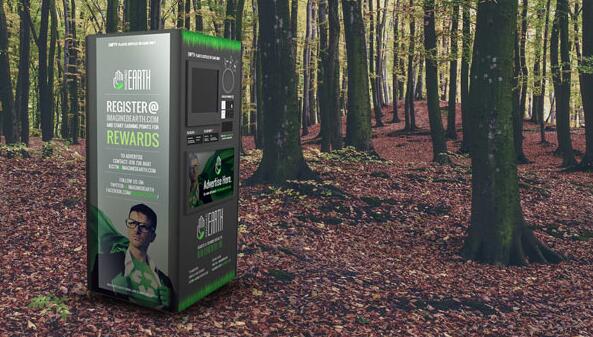Jan. 07, 2022
The water bottle industry: an industry based on consumerism that transcends the boundaries of luxury to become an essential item in the lives of ordinary people. Despite the EPA's declaration that tap water is safe to drink, 1,500 plastic water bottles are used every second in the United States alone. These statistics make the U.S. the largest bottled water market in the world, and companies such as Coca-Cola, PepsiCo and Nestle, which own and commercialize some of the largest bottled water companies, profit handsomely from it. However, this multi-million dollar industry is not without its costs - and unfortunately, the environment is paying a different type of cost for it.
The good news is that the use of plastic has been slow but significant in recent years as public awareness of the negative effects of plastic is spreading. While reducing the use of plastic bags has been the focus of attention, plastic bottles play an equally important role in this global situation. Some examples of how plastic water bottle use affects the environment include: landfill spills, production requiring large amounts of fossil fuels, and covering ocean surfaces with plastic products. To help you make the final decision to abandon plastic bottles, here are more detailed information about the environmental impact of plastic bottles.

The Production Process of Plastic Water Bottles
The production of plastic water bottles requires up to 17 million barrels of oil per year. This amount of oil has the capacity to fuel up to one million vehicles for an entire year. The water bottle production process utilizes the petroleum product polyethylene terephthalate (PET), which requires large amounts of fossil fuels to manufacture and transport. In addition, it takes three times as much water to make a water bottle as it does to fill it. Due to exposure to chemicals in the manufacturing process, large amounts of water become unusable and are wasted. In addition, when you compare the energy required to make a bottle of water to the energy required to produce tap water, the bottle requires up to 2,000 times more energy. When you look at how many bottles are made, that energy could power 190,000 homes. To get a clear and simple picture of how much energy is wasted, look at any one use of a plastic bottle of water and imagine that a quarter of it is filled with oil.
Where do plastic water bottles end up?
In landfills, floating in oceans, rivers and on sidewalks. It is estimated that 46,000 pieces of plastic waste float in the ocean per square mile. This plastic is killing animals, leaking chemicals and destroying ecosystems. In addition, in the United States alone, 60 million plastic bottles are disposed of in a single day, with 80 percent of them ending up in landfills. Each bottle can take up to 1,000 years to decompose, leaking dangerous and harmful chemicals in the process. Some of the toxins that leak can cause cancer and reproductive disorders. The United States consumes 25 percent of the world's resources, and with only 5 percent of its population, needs to import a lot of water. Importing water from overseas requires up to 40,000 trucks to transport and deliver in the United States. The energy and environmental impact of this alone is dangerous. The average person in the U.S. who chooses to use bottled water consumes 30 gallons of water per year, thus requiring 90 gallons of produced water per year. Unfortunately, the argument for recycling only plays a small role in their case, as only 12 percent of the 35 billion bottles used a year are recycled, suggesting that only half of what you put in your recycling bin is recycled.
What you can do
Following a simple reduce, reuse, recycle lifestyle not only means you're actively protecting the environment, it also means you can benefit yourself by saving hundreds of dollars by using reusable bottles or water fountains. In addition, you can go the extra mile to make sure that any plastic you happen to use is actually recycled. In addition, learning to recognize false advertising that promises healthier or cleaner water is critical by doing your own research and understanding the characteristics of potable water that allow you to avoid falling victim to the propaganda of large organizations. Last but not least, you can speak up and promote the extent of the environmental impact of plastic bottled water.